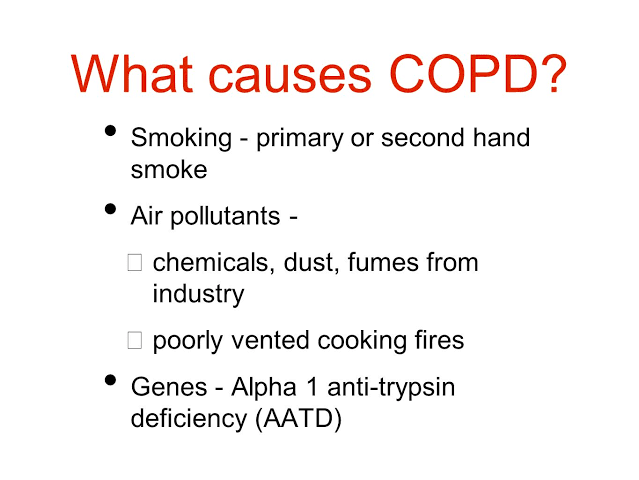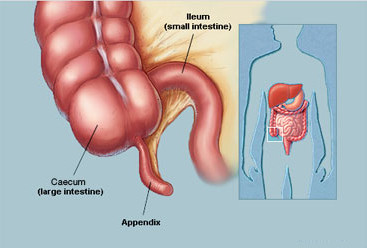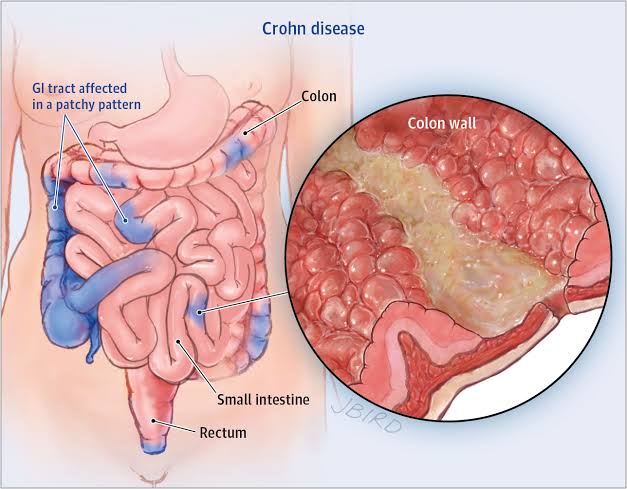It is lower respiratory tract infection that cause inflammation of alveoli sacs.
- Germs like bacteria , virus and fungi attack the system. Alveoli , Bronchioles helps to gas exchange. Normal respiratory system fight of the germs by taking air through nose but certain conditions. When Alveoli sac get inflamed and it starts fill with full of fluid , there is aggregation of WBCs and RBCs and bacteria which impair gas exchange.
Risk factors-
1. Influenza - influenzai highly contagious viral infection which spread easily from person to person. Influenza is most common cause of Pneumonia commonly in young child , pregnant mother.
2. Weak immune system- this also leads to pneumonia due to low immunity bacteria get easily multiply.
3. HIV infection - This leads to opportunistic infection for pneumonia. In HIV infection there is low immunity which leads to pneumonia.
4. Medications which spress autoimmune system.
5. Decreased consciousness and Increased risk of aspirations.
6. Chronic obstructive pulmonary disease.(COPD).
7. Post- op abdominal and chest surgery. After surgery there is chances of getting bacterial infection which may cause pneumonia.
8. Respiratory acidosis - in this lungs retain carbon dioxide and can't get oxygen to blood which cause hypoxemia. And decrease in PH.
Causes-
Most common causes pneumonia are
1. streptococcal pneumoniae.
2. Mycoplasma pneumonia.
Virus -
1. Influenza
Types-
1. Community Acquired-
This type of infection occur patient get germs outside the health care settings.
2. Hospital acquired-
This type of infection occurs when patient in hospital settings and mainly occur in mechanical ventilation. This infection occurs 48-72 hrs after admission.
Diagnose-
1. Notice on auscultation a coarse crackles bronchi or bronchioles breath sound due to lung consolidation.
2. X-ray
3. Sputum culture.
Sign and symptoms-
1. Productive cough.
2. Pain in chest.
3. Unusual breath sound.
4. Altered lab values e.g. Increased partial pressure of carbon dioxide and incrIncre WBCs.
5. Unusual breath sound.
6. Mild to high fever.
7. Nausea vomiting.
8. Increased Heart rate and pulse rate.
9. Activity intolerance.
Treatment-
Medications-
1. Vancomycin- used in severe cases and can treat resistance bacteria. Most common side effect may have oto- toxicity.
2. Macrolide- Narrow spectrum and kill gram +ve bacteria.
3. Tetracycline- Broad spectrum not used in pregnancy.
4. Fluroquinolone - Broad spectrum and have side effect of frequent diarrhea , tendon rupture.
5. Cephalosporin.
6. Pencillin.
Supportive care-
1. Oxygen therapy.
2. Oral rehydration therapy.
3. Iv fluids.
Patient care-
1. Monitor lung sound impairment.
2. Monitor vital sign. Especially saturation and pulse rate.3. Assess color of skin for cyanosis.
4. Monitor ABG results.
5. Collect sputum for test as ordered.
6. Provide suctioning if needed.
7. provide breathing and respiratory exercises.
Education-
1. Encourage for incentive spirometry.
2. Encourage to hydrated and take 2-3 L/day water to keep secretions thin. And patient with heart failure and renal failure don't give more fluids.
3. Make sure patient is up to date with pneumothorax vaccine every 5 years.
4. Encourage to stop smoking and maintain hygiene.
5. Administer medications as per ordered.























